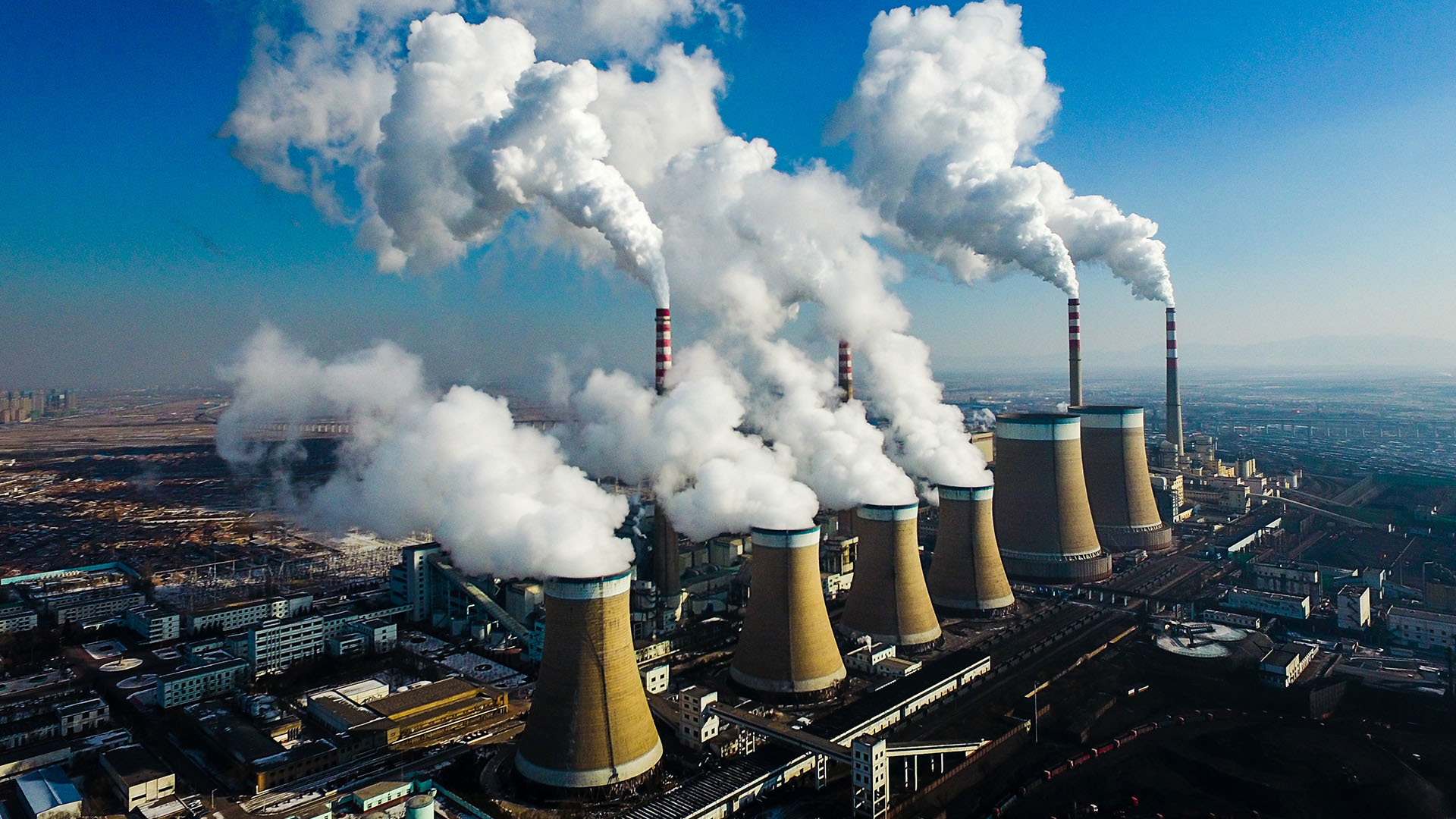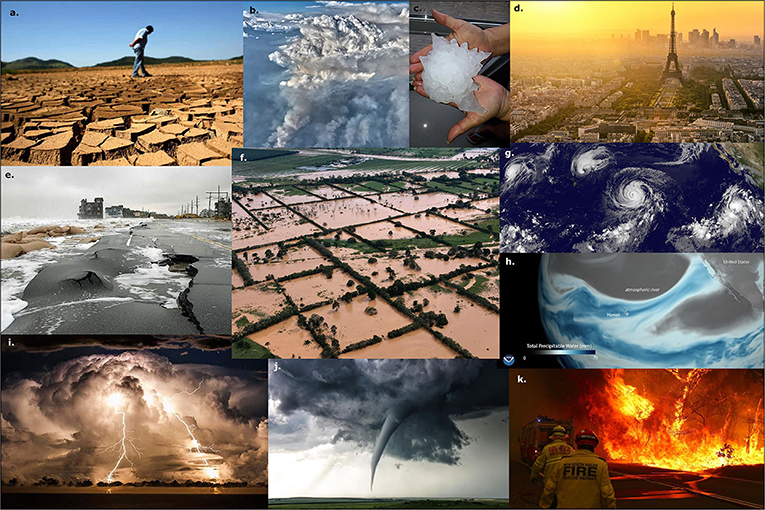| Table of Contents |
|---|
| What is Climate Change? |
| Impacts of Climate Change |
What is Climate Change?
Climate change refers to the long term changes in Earth's weather patterns and temperatures. It is caused by human activities, such as burning fossils (like coal, oil, and gas) and deforestation, which release greenhouse gases into the atmosphere. These gases trap heat from the sun, leading to a gradual increase in the Earth's temperature. It's important to adress climate change by reducing greenhouse gas emissions and adopting sustainable practices to protect our planet and future generations.


Impacts of Climate Change
1. Rising Temperatures
Rising temperatures are a significant aspect of climate change. The Earth's average temperature has been increasing over the past century, primarly due to the human activities such as the burning of fossil fuels, deforestation, and industrial procress.
The consequences of rising temperatures include more frequent and intense heat waves, which can led to heat related illness and deaths. Higher temperatures can also contribute to droughts, wildfires, and other extreme weather events. These changes can have profund effects on agriculture, water resources, and human health. Furthermore, rising temperatures can disrupt ecosystems, leading to shifts in plant and animal habitats and changes in the timing of natural events such as flowering and migration.

2. Sea Level Rise
As the Earth's temperature increases due to the emission of greenhouse gases, such as carbon dioxide, the polar ice caps and glaciers melt, causing the sea level to rise. This rise in sea level can lead to devastating consequences, such as flooding, erosion, and loss of habitat marine life. Accoding to the IPCC (Intergovernmental Panel On Climate Change), the global sea level has risen by about 6 inches since the late 19th century, and the rate of sea level rise has accelerated in recent decades. The IPCC predicts that the sea level will continue to rise throughout the 21st century, with an estimated increase of 10-32 inchesby the year 2100
The Impacts of sea level rise will be felt most severely in low lying coastal areas, where flooding and erosion can damage buildings, homes, and businesses. In addition, rising sea levels can contaminate freshwater with saltwater, leading to water scarcity and agricultural losses.

3. Extreme Weather Events
Extreme weather events such as hurricanes, heatwaves, droughts, and heavy rainfall are often associated with climate change. As the Earth's climate warms, it can led to changes in weather patterns, making certain extreme events more frequent or intense. For example, warmer ocean temperatues can create stronger hurricanes, while higher temeperatures can contribute to more frequent and severe heatwaves.
While it's important to note that individual weather events can't be directly attributed to climate change, scientific evidence suggests that the overall trend of increasing extreme weather events if consistent witb the impcats of a changing climate.

4. Changes In Precipitation Patterns
Climate change is causing significant chnages in precipitation patterns worldwide. These changes include increased intensity of precipitation, shifts in seasonal precipitation, more extreme wheather events and changes in snowfall patterns. These changes in precipitation patterns have wide-raging impacts on ecosystems, agriculture, water resources, and human populations.

5. Ocean Acidification
Ocean acidification is closely linked to climate change as it primarly driven by the increased levels of carbon dioxide in the atmosphere. When carbon dioxide is released into the atmosphere, a significant portion of it is absorbed by the oceans. This absorbtion of carbon dioxide leds to a series of chemical reactions that result in the ocean becoming more acidic.
The impacts of ocean acidification, which include the impediment of shell and skeleton formation in marine organisms like corals and shellfish, can have far reaching consequences on marine ecosystems and biodiversity. Additionally, ocean acidification can make the effects of global warming worse, as it weakens the ability of the oceans to absorb excess heat.

6. Biodiversity Loss
Climate change is a significant contributor to biodiversity loss globally. One of the primary ways in which climate change leads to biodiversity loss is through habitat destruction. Changes in temperature and precipitation can make habitats unsuitable for certain species, forcing them to migrate or face extinction.
Species that are already endangered are particularly vulnerable to the effects of climate change, increasing their risk of extinction. In addition, biodiversity loss due to climate change can have severe consequences, affecting ecosystem services such as pollination & water purification, which are essential for human well-being and ecosystem health.

Climate Change Charts & Graphs
